In today's competitive market, packaging plays a vital role in attracting consumers, ensuring product integrity, and optimizing supply chain efficiency. Box 3D film wrapping packaging machines have emerged as a powerful solution that combines functionality and enhanced aesthetics. This article explores the key features, benefits, and applications of these machines in various industries.

What is box 3D film wrapping packaging machine:
A box 3D film wrapping packaging machine is a type of packaging equipment used to wrap boxes or rectangular-shaped products with a three-dimensional (3D) film. It is commonly used in industries such as food, pharmaceuticals, cosmetics, and consumer goods to provide a protective, tamper-evident, and visually appealing package.
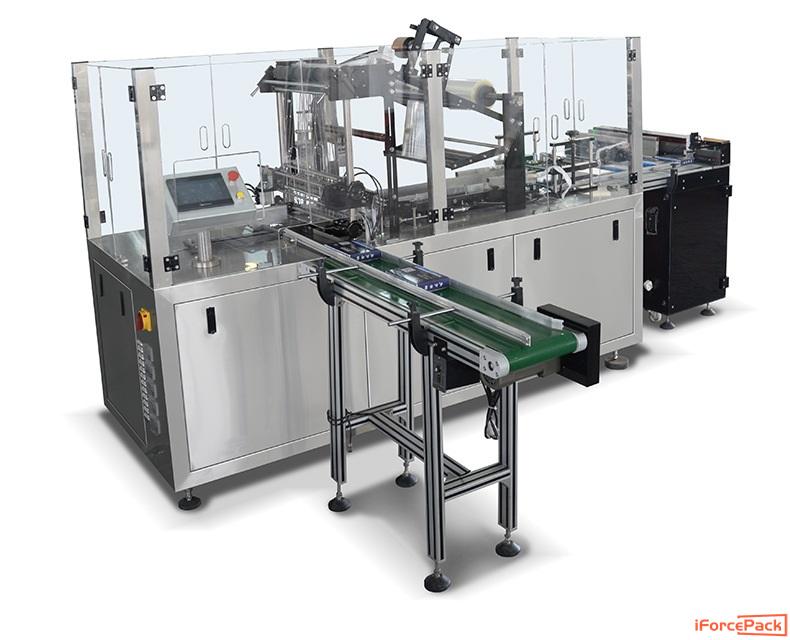
I. The Rise of Box 3D Film Wrapping Packaging Machines:
Box 3D film wrapping packaging machines have gained popularity in industries such as food, pharmaceuticals, cosmetics, and consumer goods due to their ability to provide a protective, tamper-evident, and visually appealing package. Their innovative design allows for the wrapping of rectangular-shaped products with a three-dimensional film, creating a seamless appearance and a snug fit.
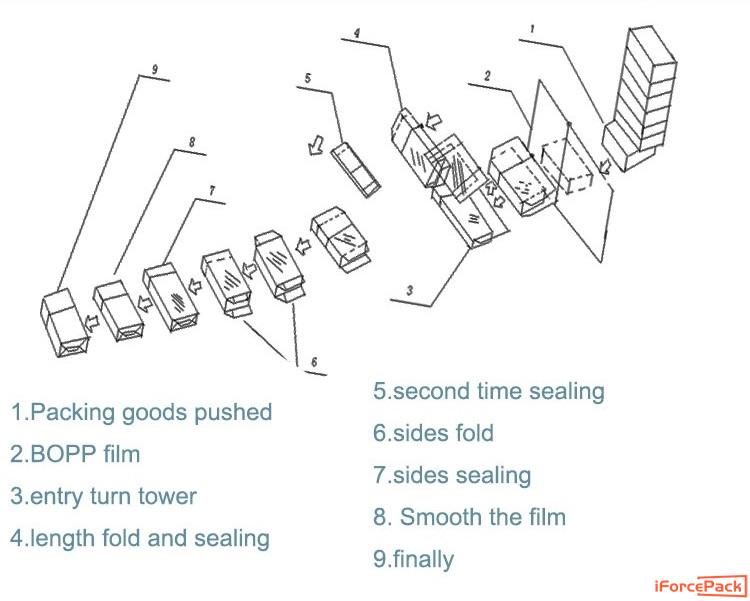
The working principle of a Box 3D Film Wrapping Packaging Machine involves several key steps that ensure the efficient and precise wrapping of products with a three-dimensional film sleeve. Here is an overview of the working principle:
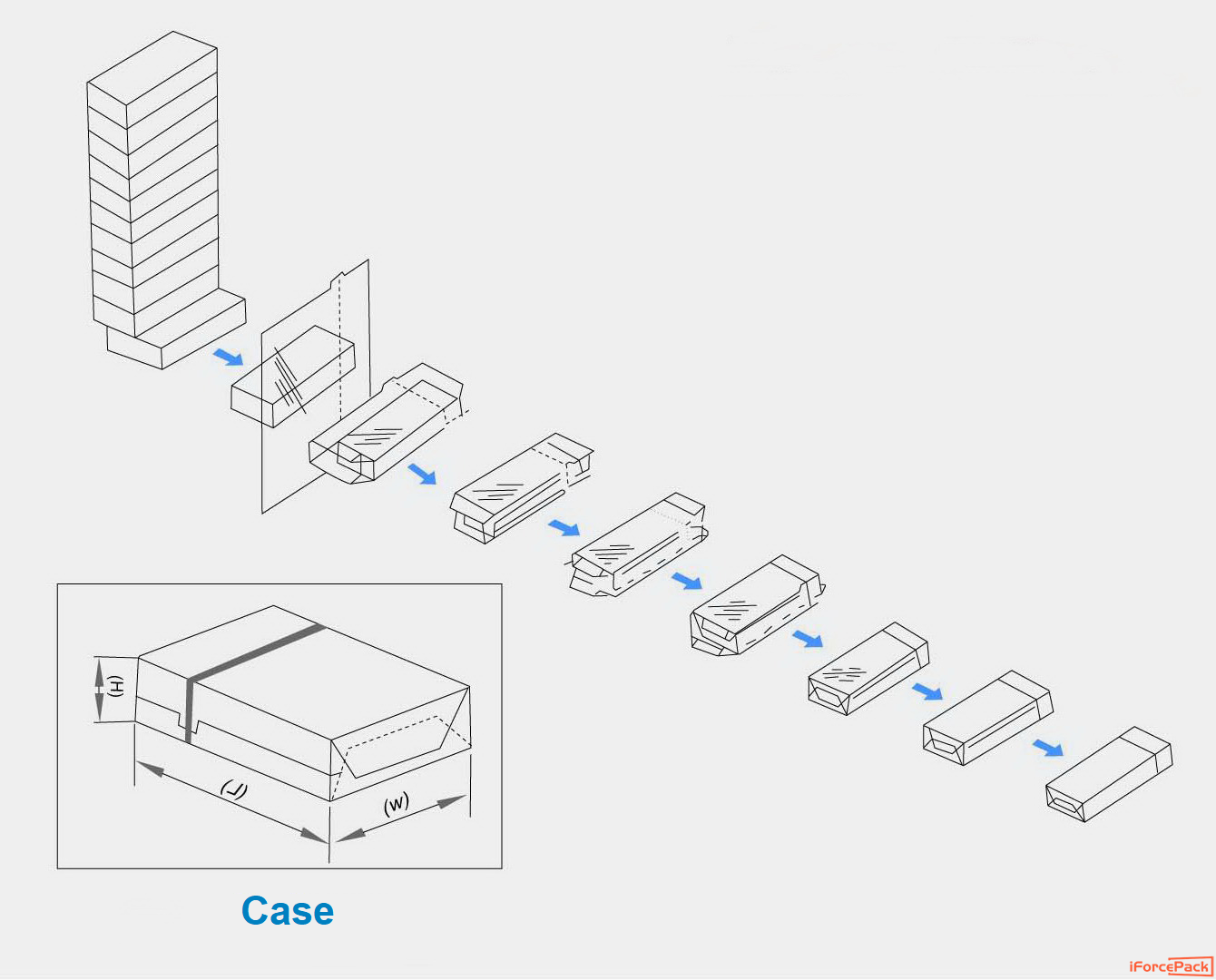
1.Film Unwinding: The machine begins by unwinding a roll of heat shrinkable film, typically made of polyolefin or PVC material. The film unwinding mechanism ensures a smooth and constant supply of film for the wrapping process.
2.Product Placement: The products, usually rectangular-shaped boxes or items, are placed on a conveyor belt or platform, ready for wrapping. The spacing and alignment of the products are crucial to ensure seamless and accurate wrapping.
3.Film Forming and Folding: As the products move along the conveyor, the film is formed into a tube shape around the product. Adjustable guides and folding mechanisms help the film to conform closely to the shape and contours of the product. This step ensures that the film tightly wraps around the product without excessive material or wrinkles.
4.Sealing Mechanism: The edges of the formed film sleeve are sealed using hot wire or hot knife sealing mechanisms. These sealing mechanisms provide a secure and strong seal, ensuring that the film remains in place throughout the packaging process
5.Heat Shrinking: Once the film is wrapped around the product and sealed, it enters a heat tunnel or chamber. In this chamber, hot air circulates around the packaged products. The heat causes the film to shrink and conform tightly to the product's dimensions. During this process, any excess film is eliminated, resulting in a snug fit and a visually appealing package.
6.Cooling and Discharge: After the heat shrinking process, the packaged products move through a cooling section, where the film cools down and solidifies, maintaining its shape and integrity. Finally, the wrapped and cooled products are discharged from the machine, ready for further processing, labeling, or shipping.
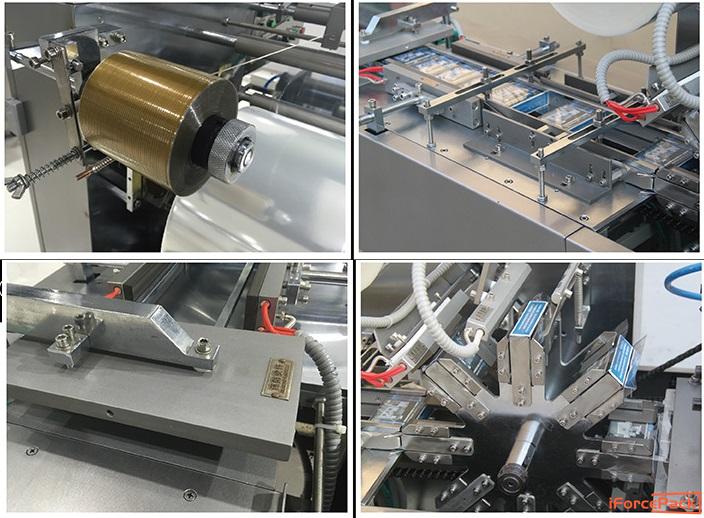
Throughout the entire working process, the Box 3D Film Wrapping Packaging Machine ensures a high level of precision, efficiency, and reliability. The control system of the machine allows for adjustments in film tension, sealing temperature, conveyor speed, and other parameters, ensuring optimal results for different product sizes and film materials. Overall, the working principle of these machines streamlines the packaging process, enhancing both the functionality and aesthetics of the final packaged products.

There are several types of Box 3D Film Wrapping Packaging Machines available in the market, designed to cater to different packaging needs. Here are some common types:
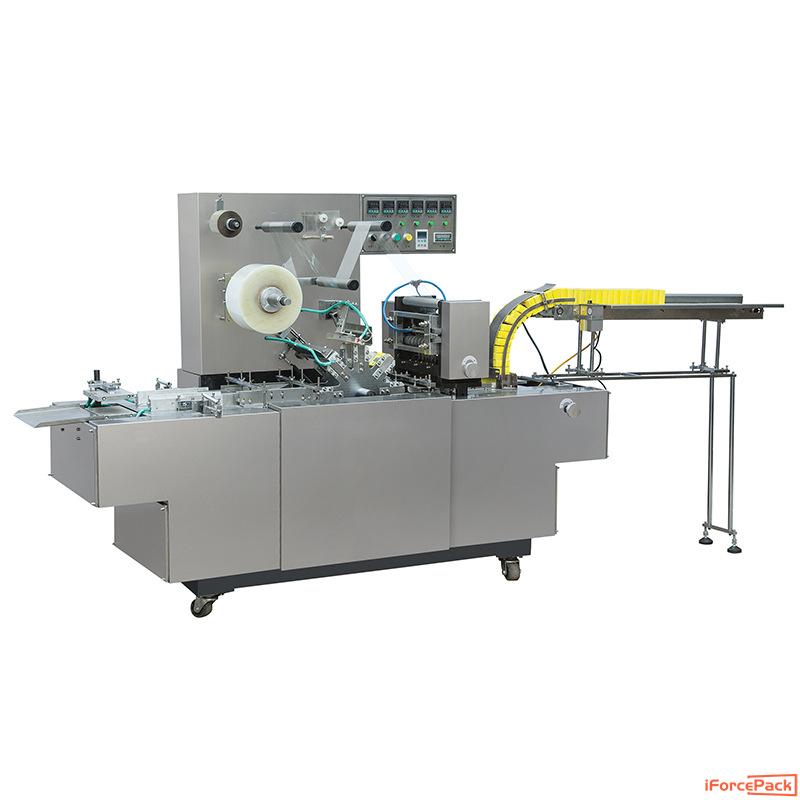
1.Fully Automatic Rotary Type Box 3D Film Wrapping Machine: These machines are fully automated and can handle high-speed packaging operations. They incorporate advanced technologies such as sensors, PLC control systems, and touch screen interfaces to ensure precise and efficient packaging.
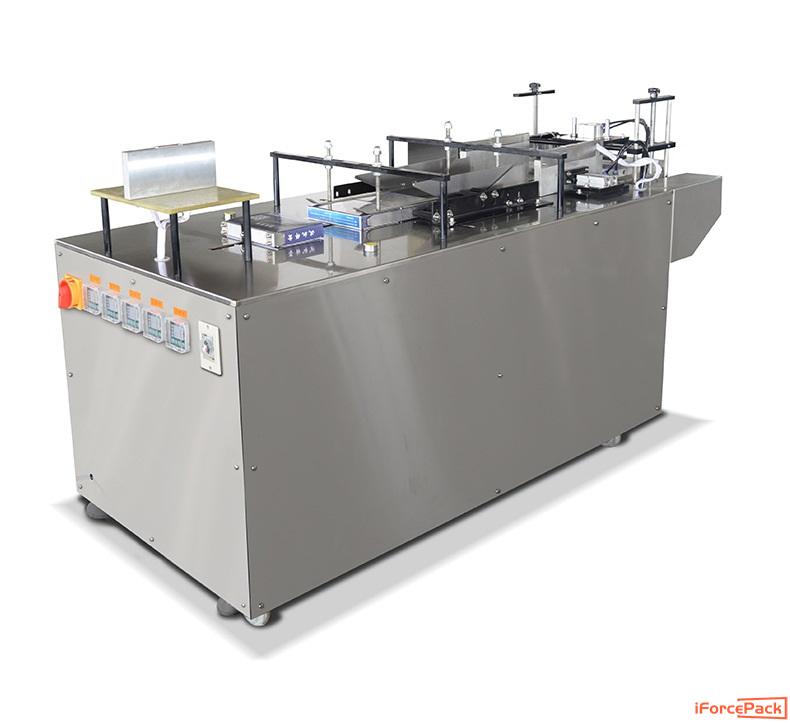
2.Semi-Automatic Box 3D Film Wrapping Machine: These machines require some manual input and intervention during the packaging process. Operators need to load the products onto the conveyor and initiate the packaging cycle. However, the machine handles the film forming, sealing, heat shrinking, and cooling process automatically.
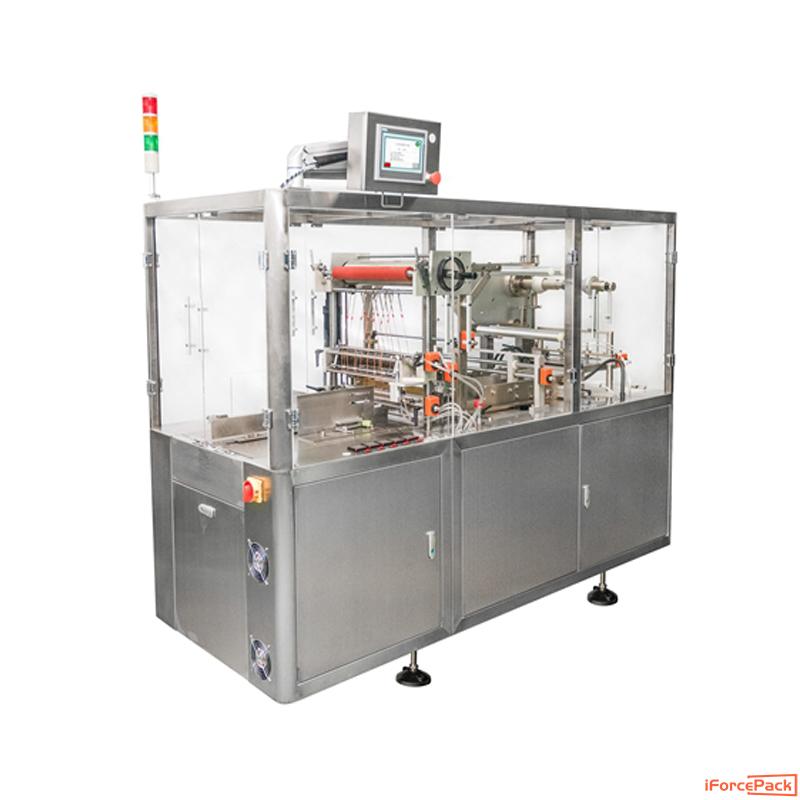
3.Inline Box 3D Film Wrapping Machine: These machines are designed to be integrated into production lines, allowing for continuous packaging operations. They are generally used in industries with high-volume packaging requirements, where products move along a conveyor line to be wrapped.

4.Tabletop Box 3D Film Sealing Machine: These machines are standalone units that can be positioned independently. They are suitable for packaging products in smaller quantities or environments where integration into a production line is not required.
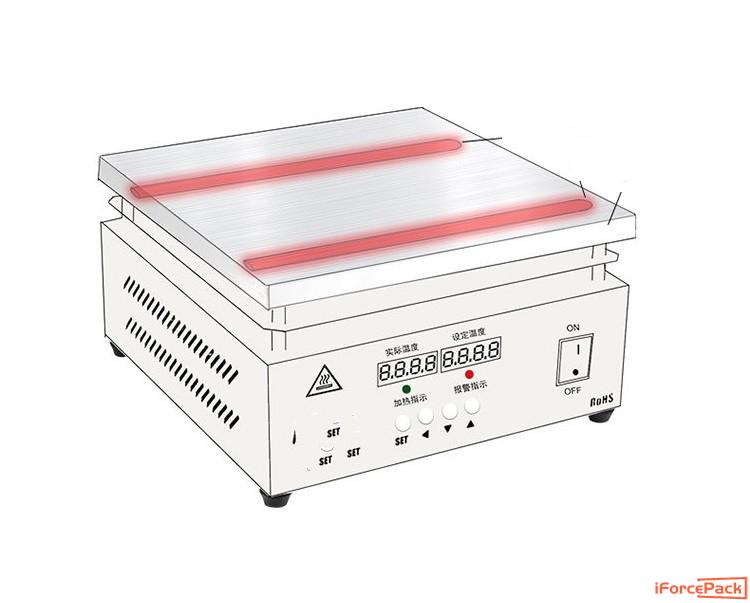
These are just a few examples of the types of Box 3D Film Wrapping Packaging Machines available. Each type may have variations in features, specifications, and capabilities depending on the manufacturer and specific customer requirements.
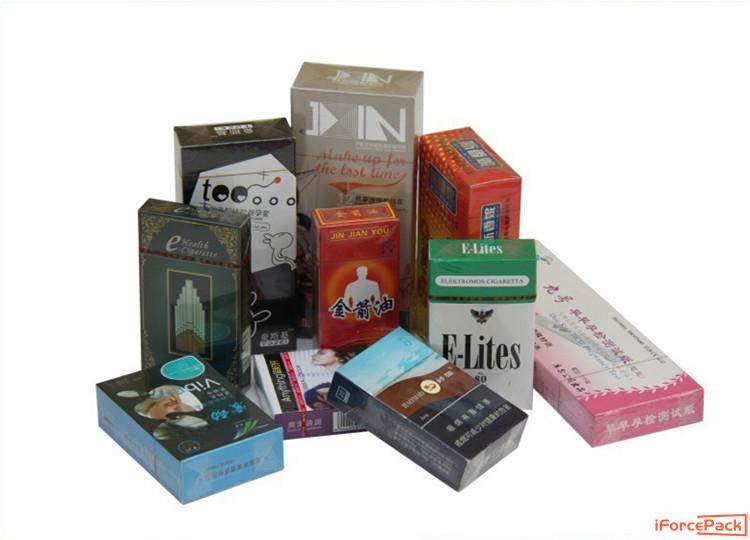
II. Key Features of Box 3D Film Wrapping Packaging Machines:
a. Film Unwinding and Shaping: These machines incorporate a film unwinding mechanism, where a roll of heat shrinkable film, typically made of polyolefin or PVC material, is smoothly fed into the wrapping area. The film is then formed into a tube shape, ensuring continuous wrapping.
b. Precise Sealing Mechanisms: Box 3D film wrapping packaging machines utilize state-of-the-art sealing mechanisms such as hot wire or hot knife sealing. These mechanisms ensure a secure and strong seal, preventing any risk of package tampering or contamination.
c. Wrapping and Conforming: The film sleeve is expertly guided and folded around the boxes or products as they move along the conveyor. Thanks to adjustable guides and folding mechanisms, the film conforms closely to the product's contours, ensuring a tight and seamless wrap.
d. Heat Shrinking Process: Once the film is wrapped around the product, it enters a heat tunnel or chamber. The heat causes the film to shrink and conform tightly around the product's dimensions. This not only enhances product protection but also provides an aesthetic appeal with a professional and sleek finish.
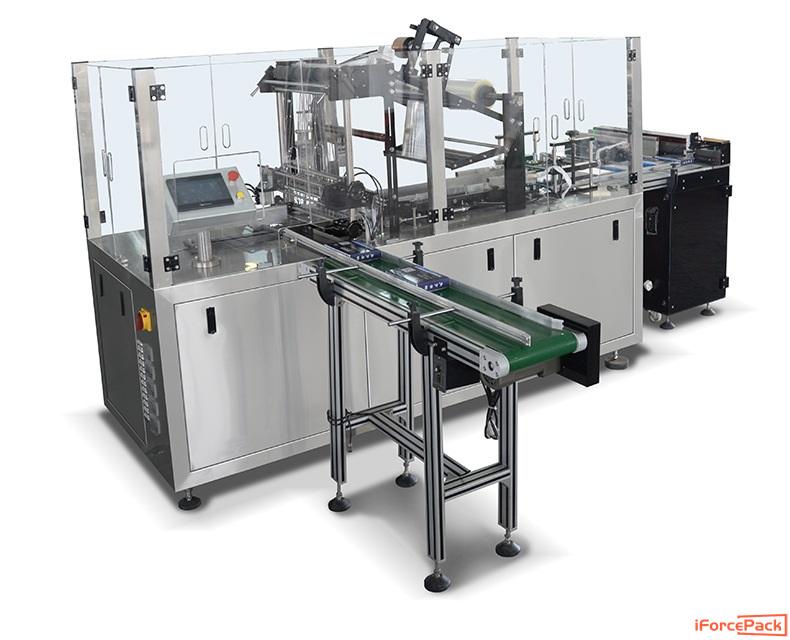
III. Benefits of Box 3D Film Wrapping Packaging Machines:
a. Enhanced Protection: The 3D film wrapping offers a superior level of protection against dust, moisture, and external factors that may compromise product quality. The tight fit minimizes the risk of damage during transportation and storage.
b. Tamper-evident Packaging: The secure wrapping and tight seal of box 3D film wrapping machines provide an added layer of tamper-evident packaging. Any attempts to tamper with or open the package will be immediately evident, ensuring consumer safety and trust.
c. Improved Shelf Appeal: The seamless, professional finish achieved through box 3D film wrapping elevates the visual appeal of the packaged products. This can significantly increase brand recognition, consumer interest, and purchasing decisions.
d. Efficient Use of Space: Box 3D film wrapping packaging machines optimize space utilization on shelves, pallets, and transportation containers due to their ability to tightly wrap products, reducing wasted space.
e. Versatility and Flexibility: These machines can handle a wide range of rectangular-shaped products, such as boxes, cartons, trays, and bundles. Their adaptability makes them suitable for diverse industries and product types.
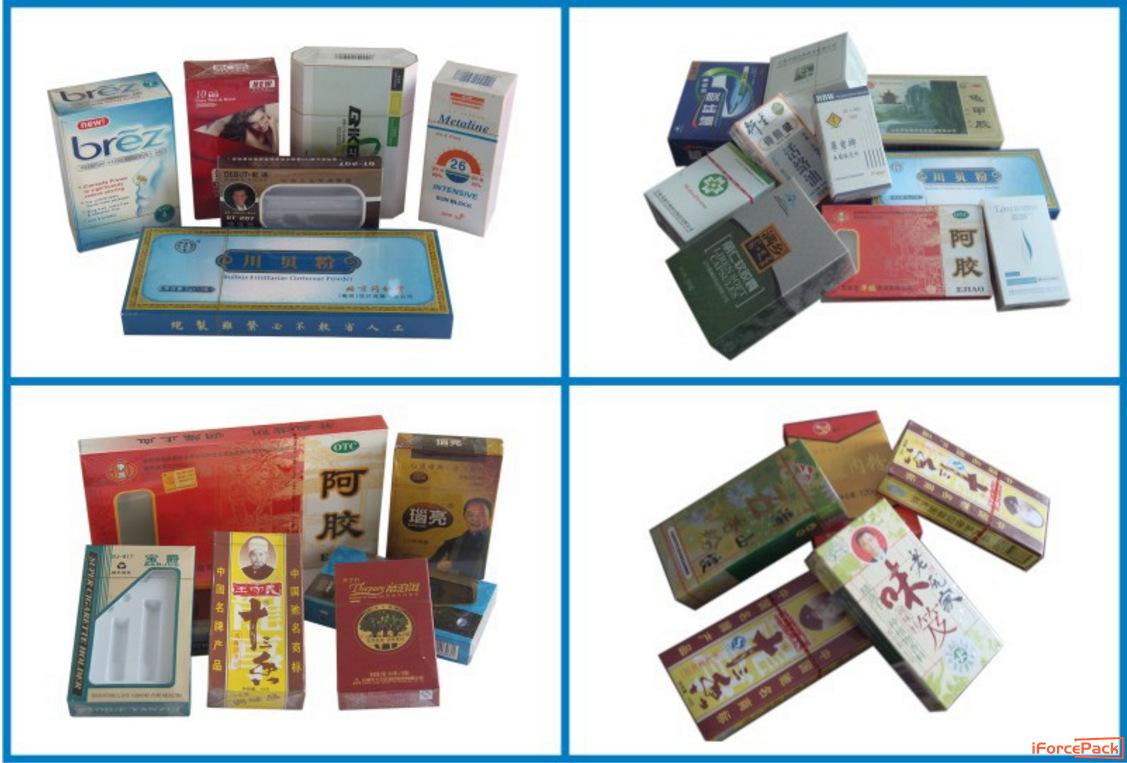
IV. Applications in Various Industries:
a. Food Industry: Box 3D film wrapping packaging machines are employed to wrap snack products, confectioneries, frozen food items, bakery goods, and more. The tight packaging helps maintain freshness, extend shelf life, and enhance product presentation.
b. Pharmaceutical Industry: These packaging machines are utilized to wrap pharmaceutical boxes, blister packs, medical devices, and over-the-counter products. The tamper-evident packaging safeguards the integrity of pharmaceutical products, ensuring consumer safety.
c. Cosmetics and Personal Care Industry: Box 3D film wrapping packaging machines provide an alluring presentation for cosmetics, toiletries, perfumes, and other beauty products. The seamless wrapping enhances the overall appeal of the products, attracting attention and boosting sales.
d. Consumer Goods Industry: From electronics to household appliances and stationery items, box 3D film wrapping machines offer a protective and visually appealing packaging solution. They preserve the quality of the products and promote a positive consumer experience.
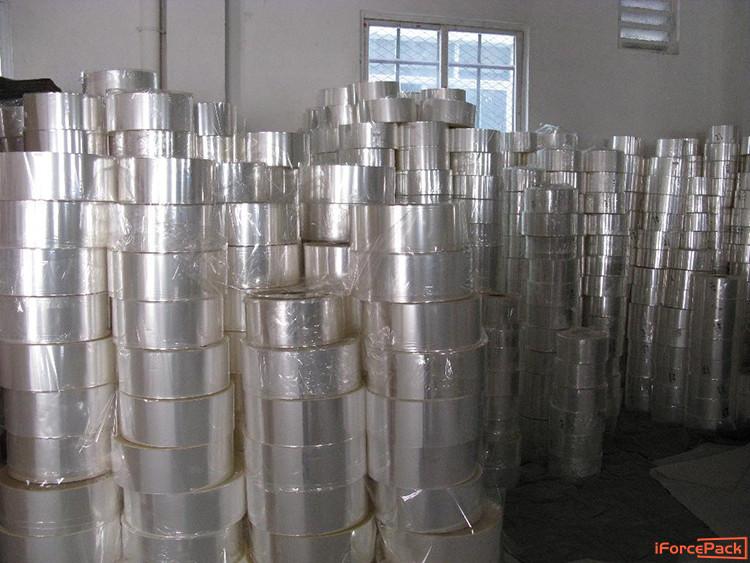
What is OPP/BOPP film for 3D film wrapping packaging machine?
OPP stands for Oriented Polypropylene, while BOPP stands for Biaxially Oriented Polypropylene. OPP/BOPP film refers to a versatile type of plastic film that is widely used in packaging applications.
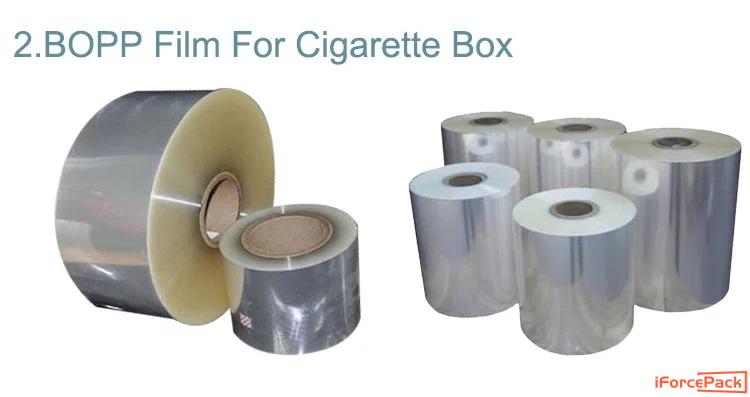
1.OPP Film: OPP film is made from polypropylene resin and is known for its high clarity and strength. It is produced through a process called orientation, where the film is stretched in both the machine direction (MD) and transverse direction (TD). This stretching enhances the film's mechanical properties, such as tensile strength and dimensional stability. OPP film has good moisture resistance, chemical resistance, and excellent processability. It is commonly used for packaging snacks, confectionery, stationery, and other consumer goods.
2.BOPP Film: BOPP film is a type of OPP film that undergoes additional biaxial stretching or orientation. This additional stretching improves the film's barrier properties, clarity, stiffness, and gloss. BOPP film provides an effective barrier against moisture, gases, and light, making it suitable for packaging applications where product protection and shelf life extension are essential. BOPP film is widely used for flexible packaging, labels, adhesive tapes, as well as lamination with other materials.
Both OPP and BOPP films offer excellent printing and graphics capabilities, allowing for attractive packaging designs. They can be easily heat sealed and are compatible with various packaging machinery, including Box 3D Film Wrapping Packaging Machines. OPP/BOPP films are popular choices in the packaging industry due to their versatility, cost-effectiveness, and ability to enhance product presentation and protection.
The main difference between OPP and BOPP film lies in the production process and the resulting properties:
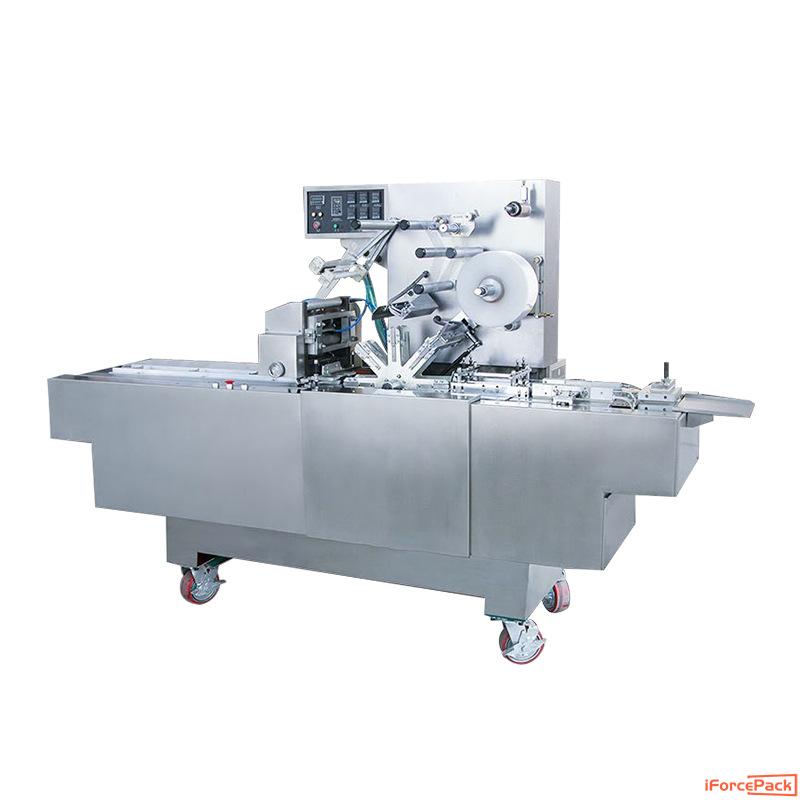
1.Production Process: OPP film is produced through a uniaxial orientation process, where the film is stretched in one direction, either the machine direction (MD) or the transverse direction (TD). BOPP film, on the other hand, undergoes biaxial orientation, which involves stretching the film in both the machine direction and transverse direction.
2.Properties: BOPP film, due to its biaxial stretching, has improved mechanical properties compared to OPP film. It typically offers higher tensile strength, stiffness, and dimensional stability. BOPP film also has enhanced barrier properties, including increased resistance to moisture, gases, and light. These improved properties make BOPP film suitable for applications requiring higher protection and durability.
3.Applications: OPP film and BOPP film both have a wide range of applications in the packaging industry. OPP film is commonly used for packaging snacks, confectionery, stationery items, and other consumer goods. BOPP film, with its enhanced properties, is often used for flexible packaging, labels, adhesive tapes, and lamination purposes. BOPP film is particularly well-suited for applications where product protection, shelf life extension, and higher print quality are important factors.
4.Cost: BOPP film tends to be slightly more expensive than OPP film due to the additional production steps and improved properties. However, the cost difference may vary depending on factors such as film thickness, width, and supplier.
In summary, while both OPP and BOPP films are made of polypropylene and are commonly used in packaging, the main difference lies in the production process and resulting properties. BOPP film, with its biaxial orientation, offers improved mechanical and barrier properties compared to OPP film, making it suitable for applications requiring higher protection and durability.
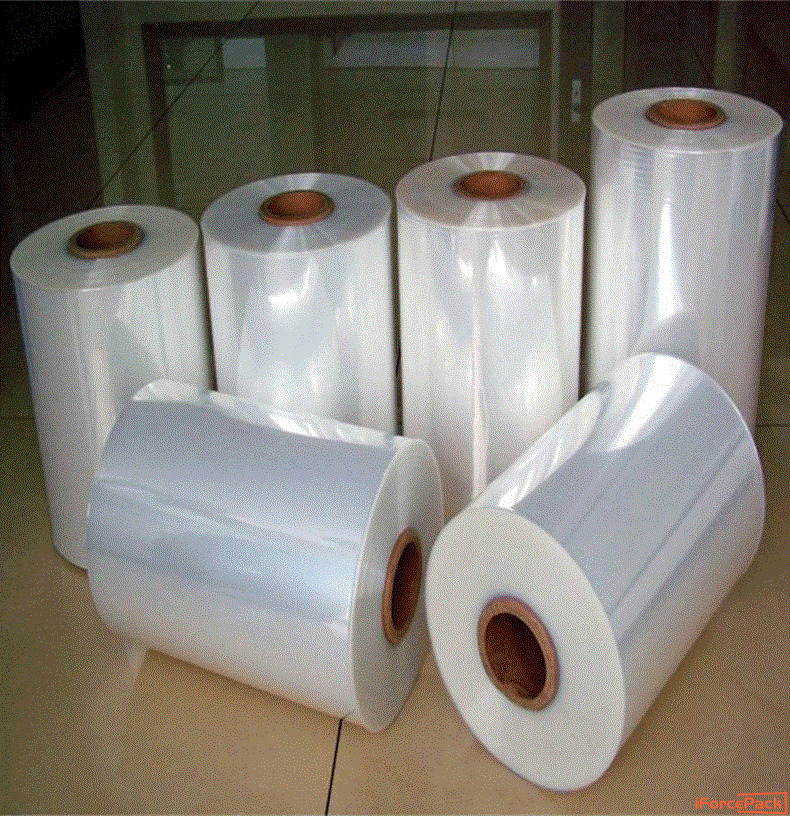
The sealing temperature for OPP and BOPP films can vary depending on factors such as the specific film formulation, thickness, and the packaging machine being used. However, generally speaking, the sealing temperature range for these films is as follows:
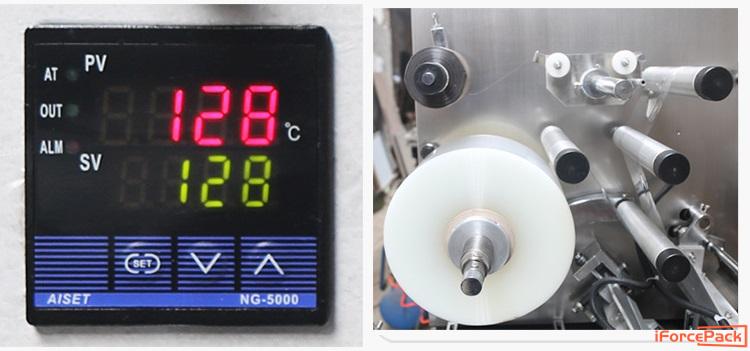
1.OPP Film: The sealing temperature for OPP films typically ranges from 110°C to 140°C (230°F to 284°F). This temperature range allows the film to melt and form a secure seal when subjected to heat during the packaging process. It's important to note that different types or grades of OPP films may have slightly different sealing temperature requirements, so it's always advisable to consult the film manufacturer's recommendations.
2.BOPP Film: The sealing temperature for BOPP films is typically higher than OPP films due to their enhanced characteristics and improved barrier properties. The sealing temperature range for BOPP films usually falls within 130°C to 160°C (266°F to 320°F). Again, it's crucial to refer to the specific film manufacturer's guidelines to determine the optimal sealing temperature for a particular BOPP film.
It's important to ensure that the sealing temperature is properly set and controlled on the packaging machine to achieve a reliable and strong seal without damaging the film. The actual sealing temperature may also depend on factors such as the machine's heat distribution, dwell time (time in contact with the heat), and pressure applied during the sealing process. Regular testing and adjustments may be necessary to achieve optimal sealing results for different types of OPP and BOPP films.

What is tear tape on this machine?
A tear tape is a thin strip of plastic film that is applied to packaging materials, usually on the outer surface of a package. It is designed to facilitate easy opening of the package by providing a pre-cut line that can be pulled to tear open the packaging.
On the Box 3D Film Wrapping Packaging Machine, tear tape can be applied as part of the packaging process. The tear tape is typically fed into the machine and attached to the outer surface of the packaging material, such as OPP or BOPP film, during the wrapping or sealing process.
When the package is ready to be opened, the consumer can locate the tear tape, usually indicated by markings or a tab, and pull on it. The tear tape will easily and cleanly split the packaging along the pre-cut line, allowing for convenient access to the contents inside.
Tear tape is commonly used in a variety of packaging applications, including boxes, pouches, and shrink-wrapped products. It provides a user-friendly opening solution and helps preserve the integrity of the packaging by avoiding the use of sharp objects for opening.
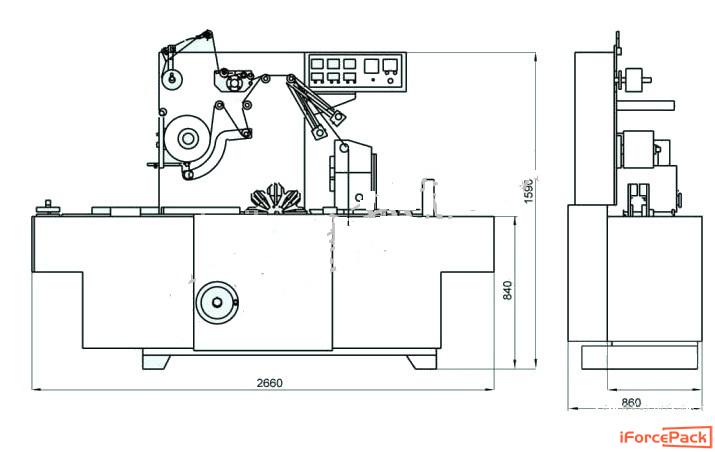
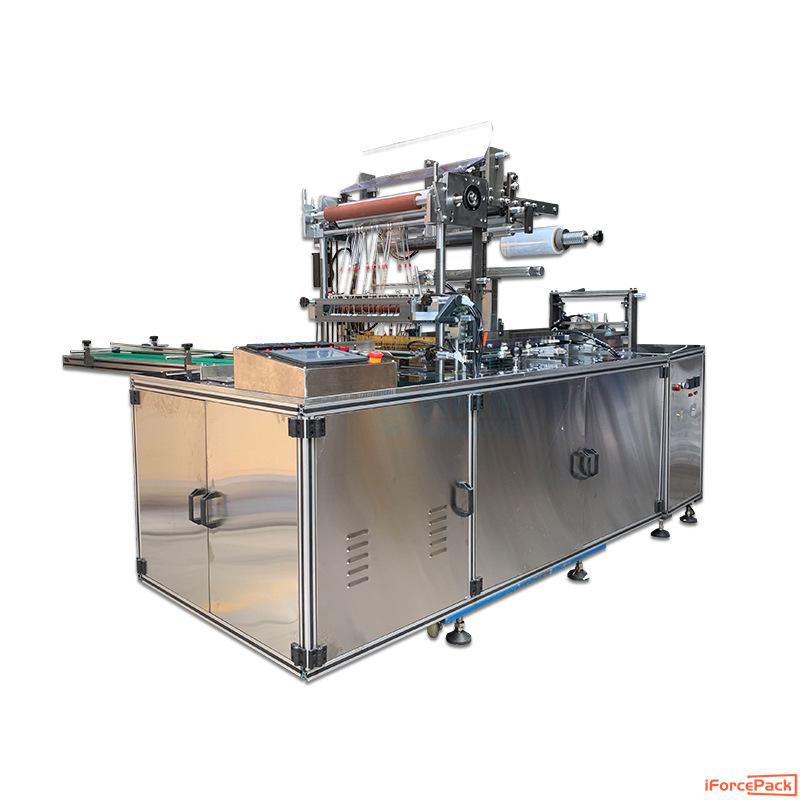
Conclusion:
Box 3D film wrapping packaging machines have revolutionized the packaging industry by combining functionality, efficiency, and aesthetics. These machines offer enhanced protection, tamper-evident packaging, improved shelf appeal, and efficient space utilization. With their versatility and adaptability, they have found applications across various industries, ranging from food to pharmaceuticals and consumer goods. Investing in a box 3D film wrapping packaging machine can help businesses stay competitive, boost branding, and optimize supply chain operations.
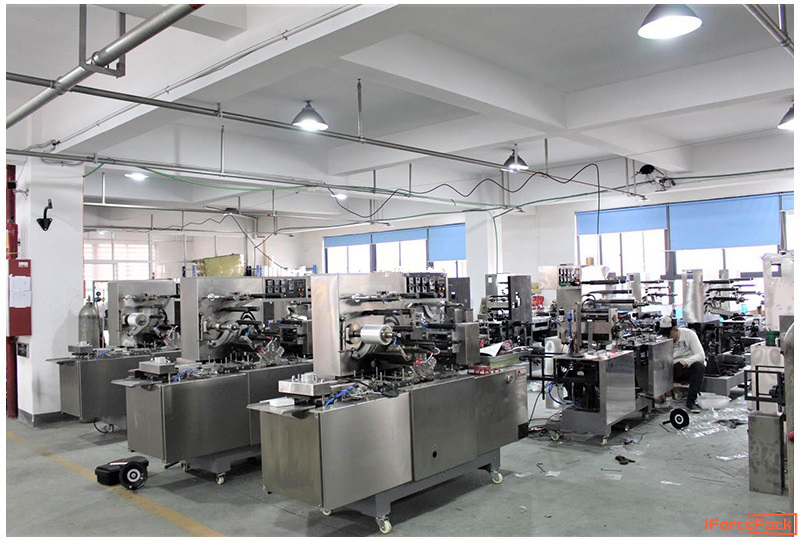
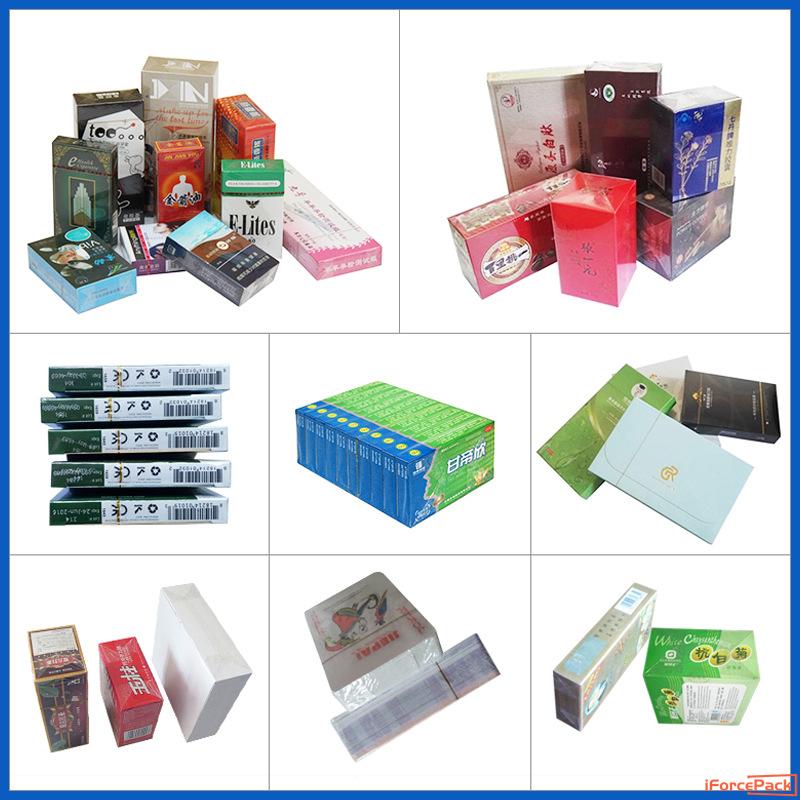
Contact: iForcePack
Phone: +86-198 7511 8892
E-mail: info@iforcepack.com
Add: J101,Haitang,Siji huacheng, Bantian Street, Longgang District, Shenzhen, Guangdong, China